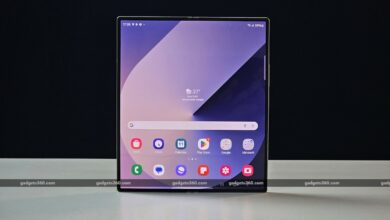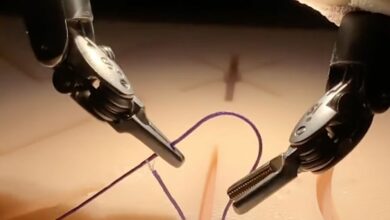How I use smart technology to make houseplants grow faster
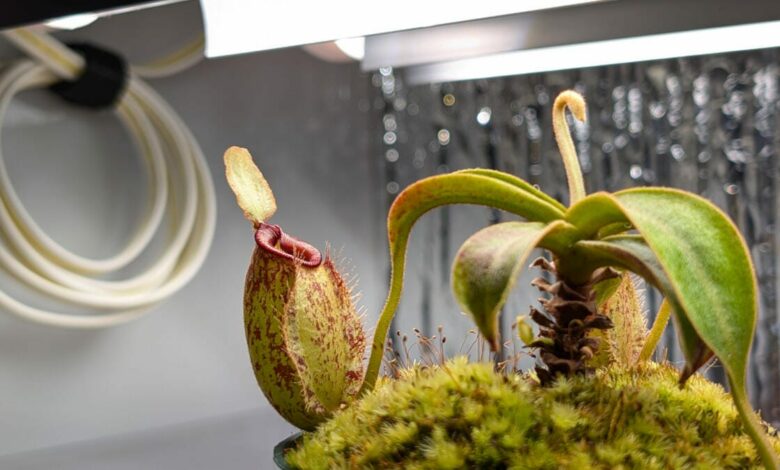
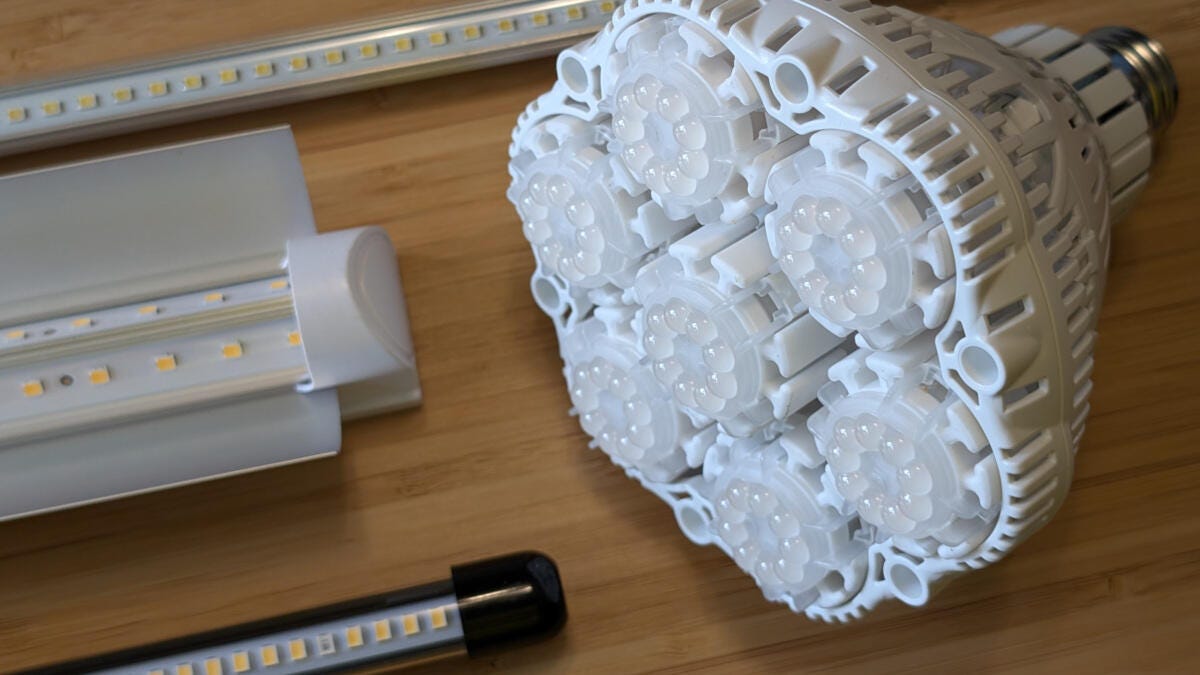


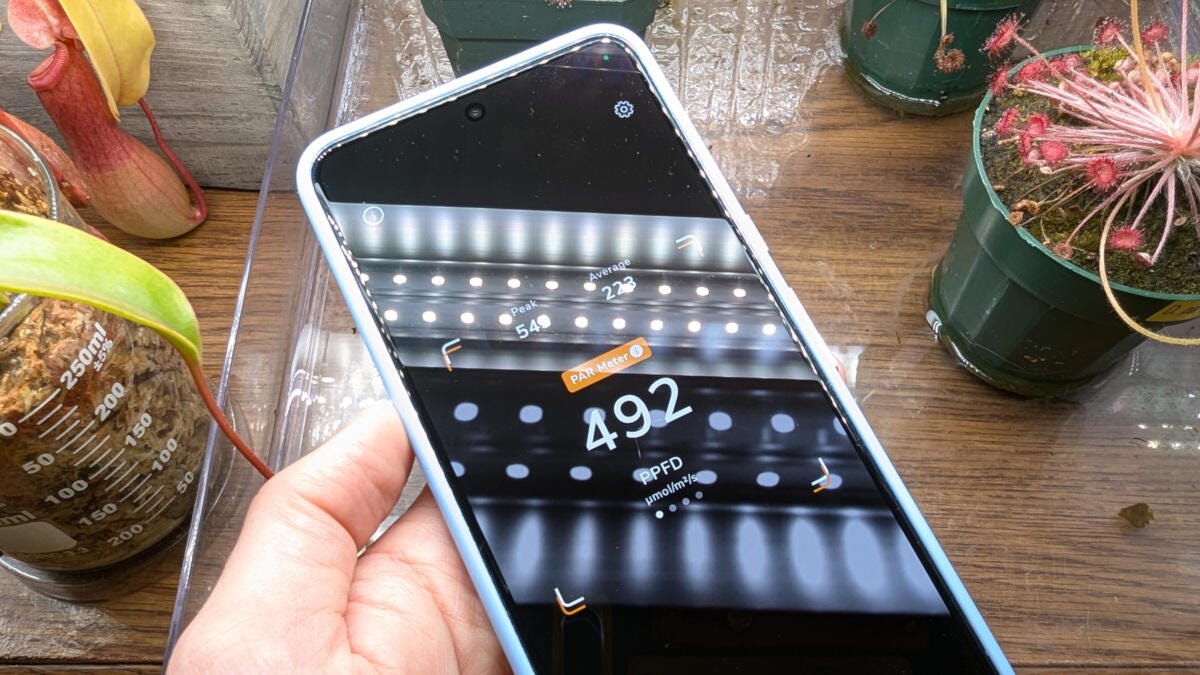
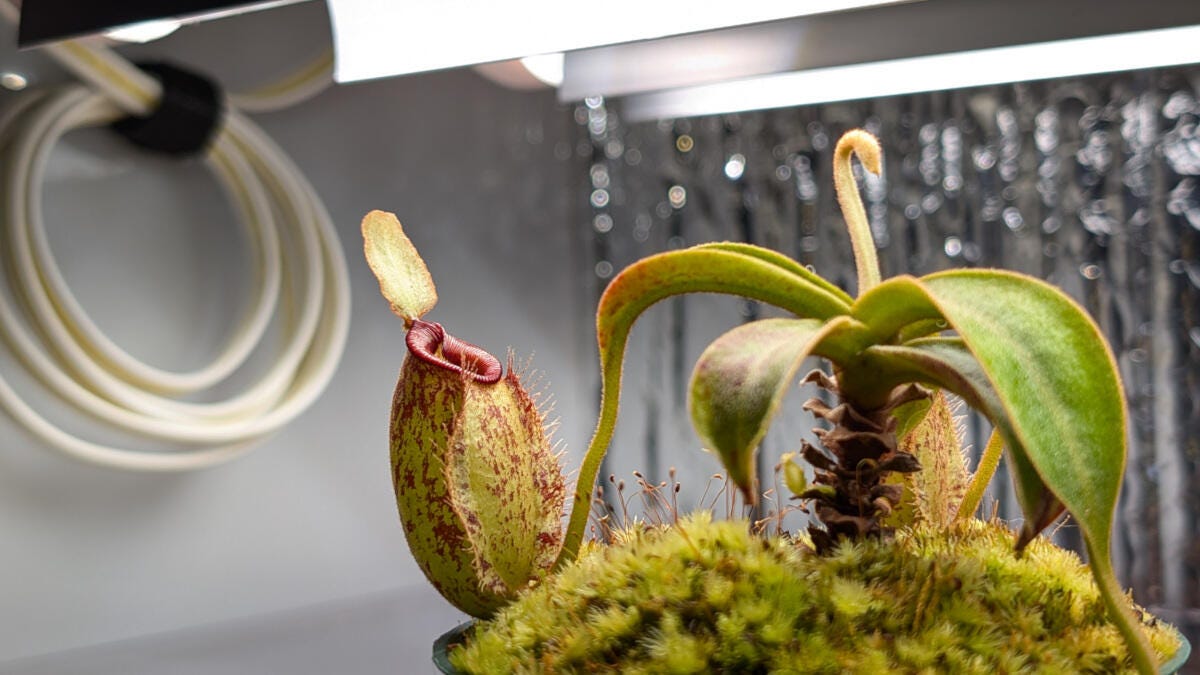
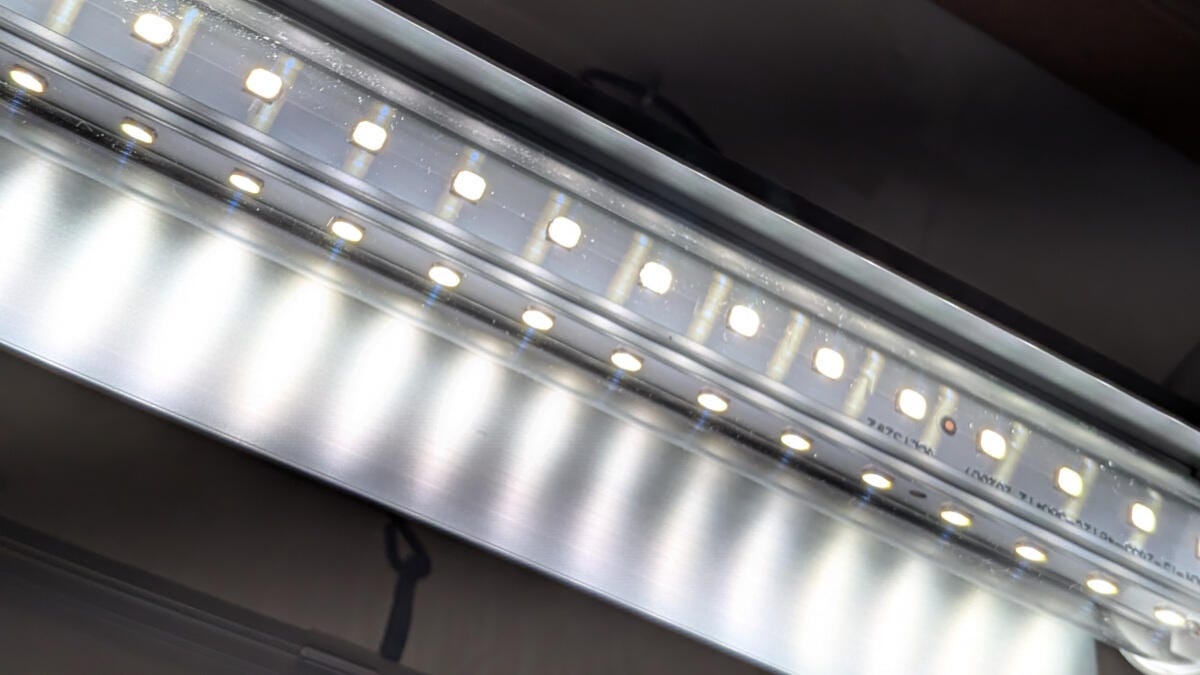
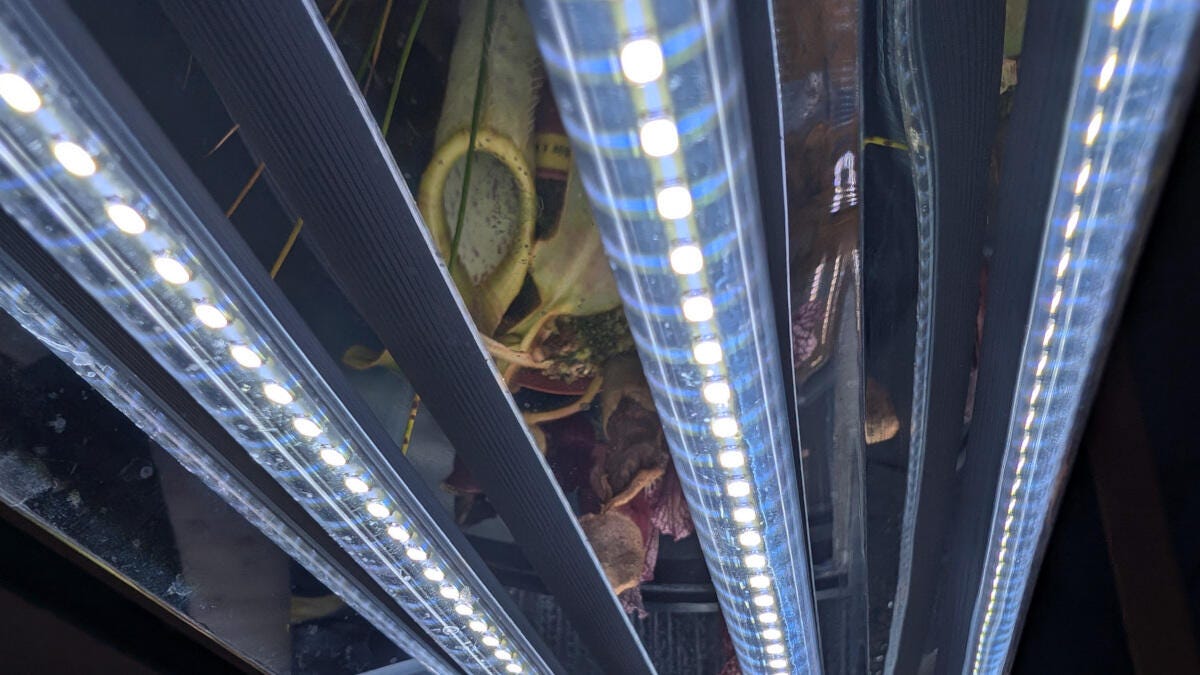

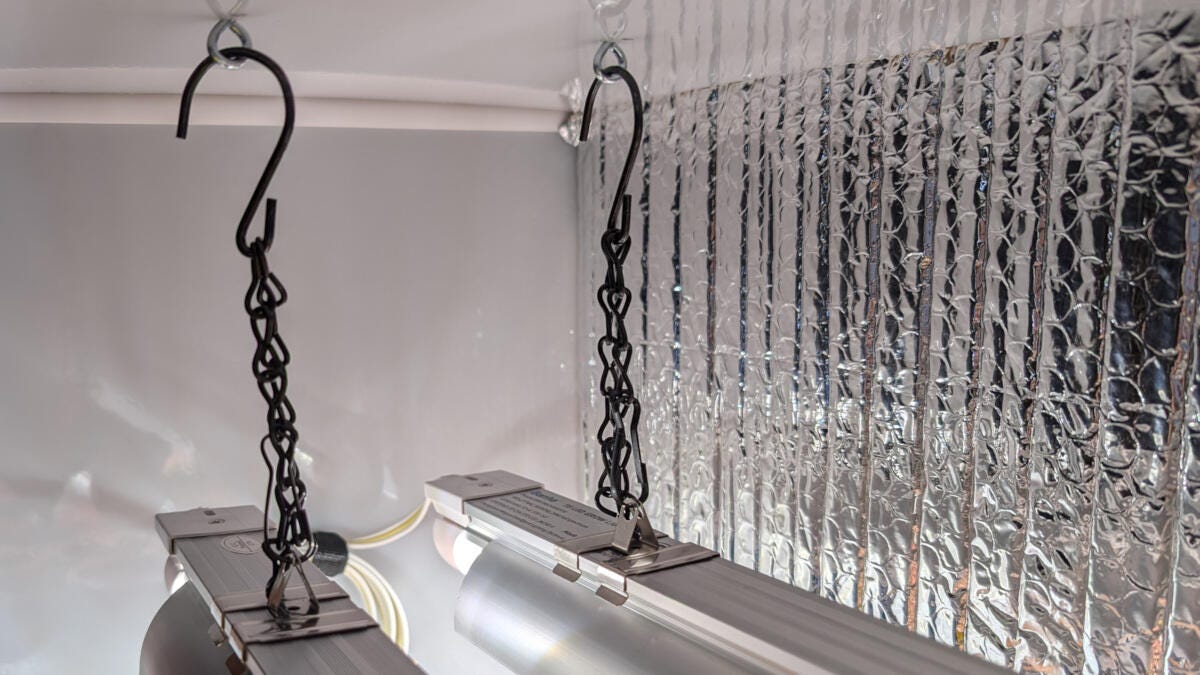
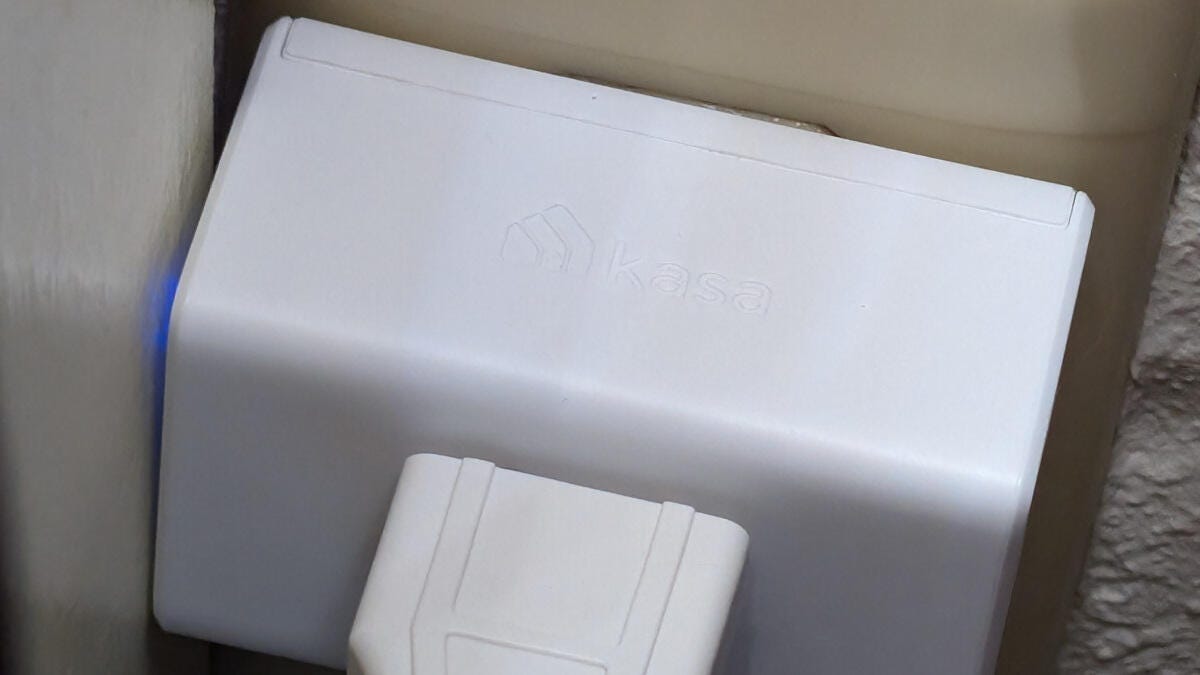
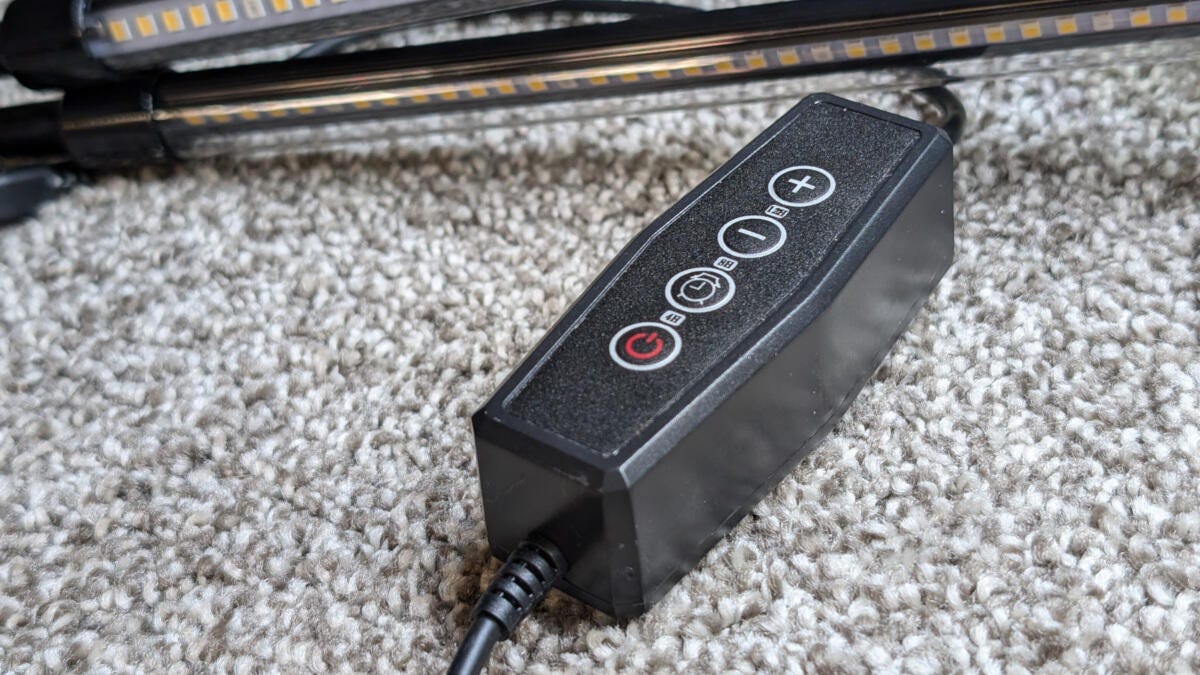

Grow lights can help your houseplants in poor lighting conditions.
Many traditional houseplants come from the shady undergrowth of tropical forests, meaning they typically need nothing more than a bright window to thrive. Still, houseplant collections grow over time — new plants will compete for the limited space by your windows. Indoor rooms and basements with little natural light are also not great for plants.

According to PlantaLow-light plants may have fewer leaves, a lack of healthy coloration, and become spindly as they seek out better light sources. These symptoms appear gradually, so it’s worth paying attention to changes after you get a new plant. While it takes a while for low-light plants to deteriorate, they recover quickly with the right lighting.
In short, you may need a grow light if you live in a place that doesn’t have good lighting, for growing tropical plants in temperate regions during the winter, or if you need constant artificial lighting to keep houseplants healthy.
Choosing the right grow light

It’s easy to get overwhelmed by the many LED grow lights on the market, but you can’t go wrong with a Sansi light that’s too bright to look at.
You can get a general idea of the effectiveness of a grow light by looking at the brightness, wattage, color temperature of the light, and mounting options.
Brightness

The Photone app is an excellent resource for evaluating plant lighting
There are several ways to evaluate brightness, but the most accurate metric for houseplants is photosynthetic photon flux densityor PPFD. While lumens and lux are certainly more familiar, the advantage of PPFD is that it directly measures how much light your plants can use. Even the brightest lights aren’t enough if they’re not doing your houseplants any good.
Another advantage is that a plant light with a PPFD rating is usually the real deal, compared to generic products marketed as grow lights. (Don’t get me wrong, those lights can work for many plants, but results may vary from plant to plant.) You also don’t have to guess what your plants’ light requirements are, because you can look them up on pages like the Photons Plants Light Database.
Barrina grow lights are my latest upgrade — relatively affordable and super bright — and the first time I’ve paid attention to PPFD. I connected a few 2-foot strips together to blast my carnivorous plants with a PPFD of approximately 200-500 μmol/s/m² as recommended by Carnivero.

Powerful artificial light can help bring out deep colours in many houseplants.
Whether you use PPFD or another metric, be aware that light intensity decreases rapidly with distance. Grow light manufacturers typically list the distance at which the PPFD rating is measured.
For example, an 800-lumen LED bulb (60-watt equivalent) might be great for shade-loving plants, but it won’t illuminate an area beyond a few inches — limiting the number of plants you can fit underneath it. But a more powerful light can reach much higher and cover a larger area.
I have a used one Sansi grow light (400-watt equivalent) for over two years to provide bright enough light for my large ponytail palm. This means I can keep it out of reach of my cat, who loves the leaves. It also helps supplement my patio citrus trees that overwinter by the front door.
You can measure the PPFD rating of a lamp with the free Photon app. It’s surprisingly accurate with my lights, considering the alternative is an expensive light meter. I know this won’t help you choose LED grow lights online. Still, it can help you check if your existing lights are suitable for houseplants. In my setup, I use it to determine the distance between my LED lights and plants.

I don’t recommend setting up a grow room in a bedroom, even with grow light reflectors, unless you like waking up to bright light.
Wattage
The wattage of a light fixture or bulb is valuable in predicting your electricity costs. In terms of efficiency, an LED grow light will give you the most bang for your buck. I don’t recommend using any other type of grow light in a home setting if you’re trying to save energy.
It is quite easy to calculate the cost of using a grow light with a online calculator for electricity costs of grow lights. For example, my 36-watt Sansi LED bulb is on for 12 hours a day, which in my area costs about $1.38 a month. While the cost of running a bulb or two doesn’t have a huge impact on your energy bill, it adds up as you use more fixtures.
Light color temperature

Full-spectrum LEDs are the gold standard for grow lights.
Any sufficiently bright light can serve as a grow lightbut I prefer to use full spectrum LEDs with a color temperature of 5000K or higher. This is common in hardware store shop lighting, but you can also find traditional incandescent bulbs in this style.
As you weigh your options for a new grow light, I generally recommend against fixtures that use exclusively red and blue LEDs. While these units are geared toward specific wavelengths of light that most plants use to photosynthesize, they are incredibly impractical for a home environment. There are several reasons for this, but I’ll settle on three in particular:
Red-blue grow lights are unpleasant to look at. While I love colorful LEDs, the constant pink glow is not for human eyes and many growers complain of headaches when using them.
They make it difficult to care for and enjoy your plants. Bathing your plants in pink light changes their appearance, making it difficult to see symptoms of disease and poor conditions that would be obvious under white light.
Blue-red grow lights may be great for stimulating vegetative growth and flowering, but not for the full growth cycle of a plant.

Red LEDs are purely optional additions to the full spectrum white LEDs in grow lights.
This doesn’t mean you can’t use an all-white grow light with additional red and blue LEDs, but you should consider them as secondary functions and not the main focus.
Mounting options

I hang my Barrina grow lights with adjustable chains.
Most plant lights work best when mounted a few inches above the plant. You can attach them to a ceiling, shelf, or hook. Just make sure the correct mounting hardware is included with the light.
Depending on your growing area, you can mount lights using a few zip ties and metal eye hooks from the hardware store. I like the clean look of hanging chainswhich allows me to hang my lights higher or lower depending on the plants underneath.
Hanging your grow lights also helps with heat dissipation. Bright LEDs produce a significant amount of residual heat that requires adequate ventilation. Too much heat can damage your indoor garden and shorten the life of your lighting hardware. This is a major reason why many high-end grow lights have built-in cooling fans.
Combine it with a smart plug for effortless scheduling

With a Kasa smart plug you can flexibly program your grow lights.
Smart plugs were the best thing that ever happened to my grow lights. I can set a 12-14 hour light cycle, often called a photoperiod, for my tropical plants and a sunrise/sunset cycle for seasonal changes in sunlight for my temperate plants.
Even if you use the same lighting schedule every day, a smart plug is more customizable than a mechanical timer or the built-in timers that come with some LED grow lights. This is especially true for smart plugs that have an energy monitoring feature. I also pair my smart plugs with a smart switch for easy manual control.
Avoid built-in timers

Built-in timers are useful for beginner grow lights, but they have limitations compared to smart plugs.
Speaking of built-in timers for grow lights, my experience with them is mixed. The preset intervals are useful for simple photoperiods, especially if you only need a 12-hour day or night cycle.
The problem is that built-in timers on grow lights are often unreliable by design. If the power goes out, the timer resets and defaults to an always-off setting. This is a problem when the grow light is the only light source for a plant, and can harm your plants if the power goes out while you’re away on vacation for a few weeks.
Likewise, the default setting of a built-in timer is not compatible with smart plugs and external timers. This means you are stuck with the preset lighting intervals and cannot customize them for specific plants.
Want more home tech tips? Here’s how I made my home smarter without a smart hub and the 7 Places You Should Never Put a Home Security Camera.

